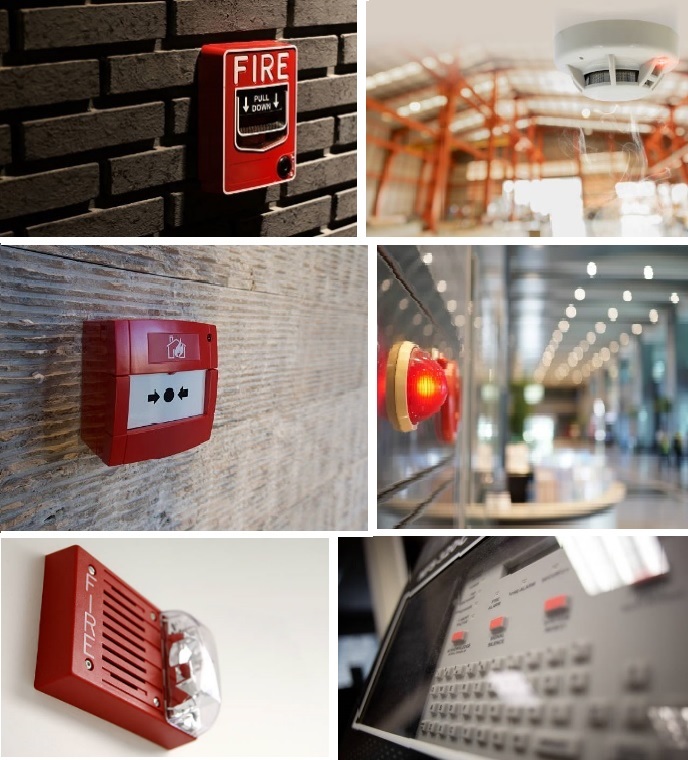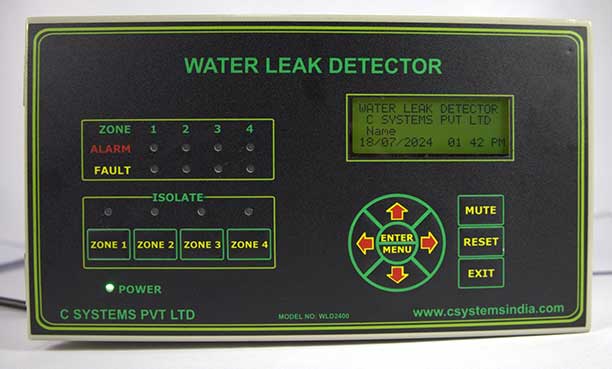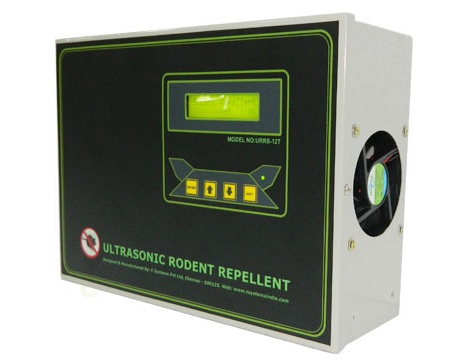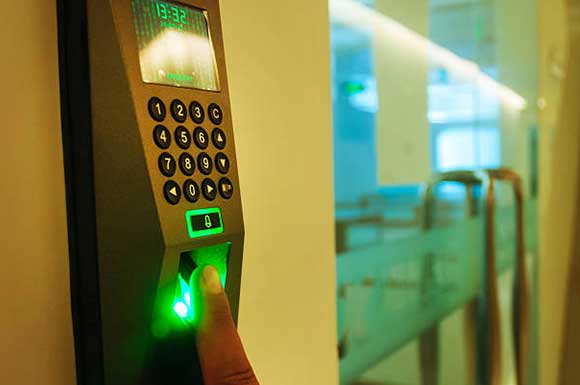ELV Products
Fire Alarm Systems
Fire Alarm systems comprise various components, including smoke detectors, heat detectors, fire alarms, notification devices, control panels, and backup power supplies. These components work together to detect and respond to a fire, providing valuable time to react and mitigate the damage.
- Types of fire alarm systems
- Addressable Fire Alarm System
- Conventional Fire Alarm System
- Intelligent Fire Alarm System
- Wireless Fire Alarm System
- A fire alarm system detects fire, smoke, or carbon monoxide and alerts occupants through visual and audible alarms.
- Smoke Detectors: Sense smoke particles in the air.
- Heat Detectors: Respond to high temperatures.
- Control Panel: Processes signals and triggers alarms.
- Alarm Devices: High-decibel horns and strobe lights.
- Manual Call Points: Allow manual activation in emergencies.

Fire is a constant threat, making a properly functioning fire alarm system crucial for protecting lives and property. Whether you’re a homeowner, business owner, or property manager, ensuring your fire alarm system is up-to-date and well-maintained is an investment in safety and peace of mind.
Access Control
CCTV
CCTV security has become a crucial tool for safeguarding people and property across the globe. With millions of cameras installed worldwide, it acts as a powerful deterrent against criminal activity and a valuable asset for identifying perpetrators of crimes. CCTV security is effective in preventing burglaries, home invasions, and robberies, and it can also act as a deterrent against internal theft and employee stealing.
- Components
- Cameras: Capture video images and transmit them to a monitor or recording device.
- Monitors: Display video images from the cameras.
- Recorders: Record video images from the cameras for later review.
- Switchers: Allow multiple cameras to be connected to a single monitor or recorder.
- Cables: Connect cameras, monitors, recorders, and switchers.
IP /Analog PA System
IP PA System” refers to a Public Address System based on Internet Protocol (IP). PA stands for Public Address, typically referring to a public broadcasting system. Therefore, an IP PA System is a system that utilizes Internet Protocol for audio broadcasting and communication.
This type of system is commonly used in large buildings, campuses, corporate campuses, and other areas that require extensive coverage. Through an IP PA System, users can send audio broadcasts, announcements, emergency notifications, and other messages over the network, enabling efficient sound propagation and management. These systems are known for their flexibility, remote management capabilities, and wide coverage, making them widely used in various scenarios.
Compared to traditional analog PA systems, IP PA systems offer several advantages
Flexibility
IP PA systems, utilizing Internet Protocol, allow for more flexible management and configuration of audio devices. Through network connections, users can easily control and adjust audio outputs, achieving a higher degree of customization and flexibility.
Remote Management
IP PA systems support remote management, enabling administrators to monitor and control the system over the network. This allows maintenance personnel to troubleshoot, upgrade, and make configuration changes from remote locations, enhancing system maintainability and manageability.
Scalability
Due to the use of IP technology, IP PA systems are more easily scalable to accommodate environments with different scales and requirements. New audio devices or expanded coverage can be added seamlessly without the need for extensive system-wide changes.
Digital Audio Quality
The audio transmitted by IP PA systems is digital, offering higher sound quality and clarity compared to analog systems. This is crucial for disseminating clear audio and emergency notifications across wide areas.

Integration
IP PA systems are more easily integrated with other IP infrastructure, such as network cameras and security systems. This integration allows different systems to work together, enhancing overall security and management levels.
Water Leak Detection
A water leak detection system is a network of sensors and monitoring equipment designed to detect and alert users to potential water leaks in real-time.

- Unique features of WLD sensing cable
- detects liquid along the entire length of the sensing cable across the extent area
- detects even the smallest volume of conductive liquid
- re-usable (cable can be cleaned, dried & used again)
- No Bend limit: WLD sensing cable Type A is not limited by any bending radius. The sensing cable can be knotted and still works properly.
- No Twist limit: WLD sensing cable Type A can be twisted as any other electrical cable.
- No Grip limit: Water detection functionality is not limited by point pressure within a reasonable range.
Rodent Repellent System
Rodent repellent is a device unit that emits ultrasonic sound waves to create an acoustically hostile environment that repels rodents. This helps to keep your Data Center free form rodents. Frequency of sound will induce rodents to move away from Data Center premises. As per research by University of Nebraska, Rodent Repellent is a proven device. Rodents under test could either leave the buildings or move to alternate non-ultrasonically treated areas.
As Data Center is the important business premises, we need to protect it from many risks. Rodent and their control are possible with Rodent Repellents system. It works efficiently in indoor premises like offices, server rooms and any other closed premises with less external commotion.
Rodent Repellent system can be installed in your Data Center premises and an ideal place to mount this Repellent System is a wall corner of 3 to 10 feet of the floor.

VESDA System (Very Early Smoke Detection Apparatus)
VESDA Detection is an aspirating smoke detection solution that is able to accommodate a broad range of environments and applications. This detection solution has multi-level warnings and a wide range of programmable sensitivity settings where minute levels of smoke or particulates can be detected before a fire has time to escalate.
- Key Features and Benefits
- Very Early Warning
- High Sensitivity
- Wide Coverage
- Flexibility
- Enhanced Safety






